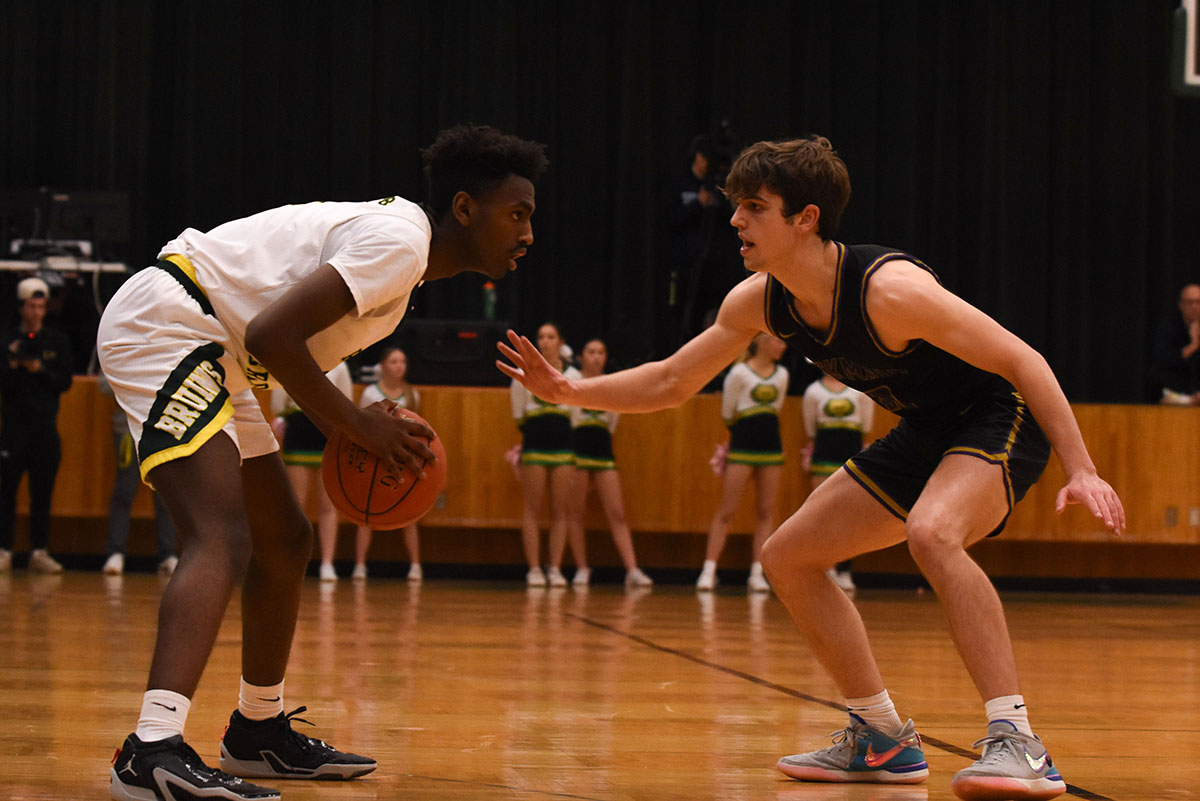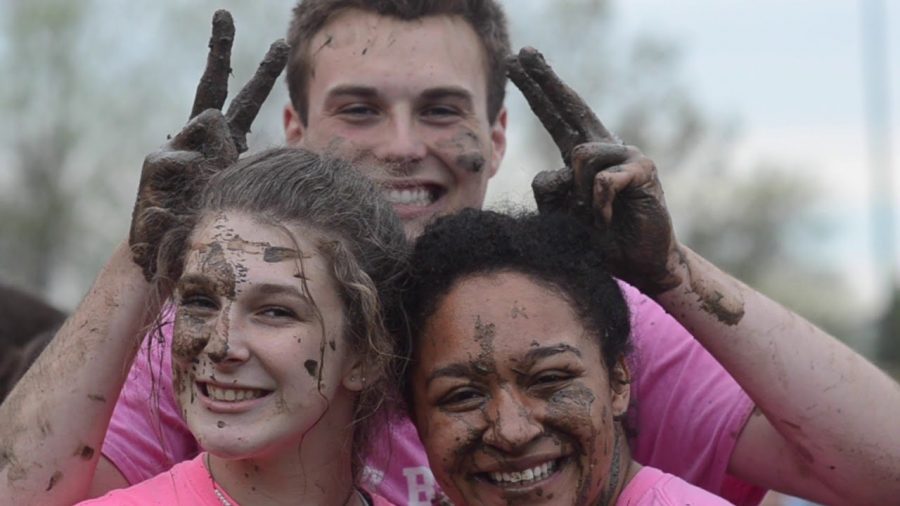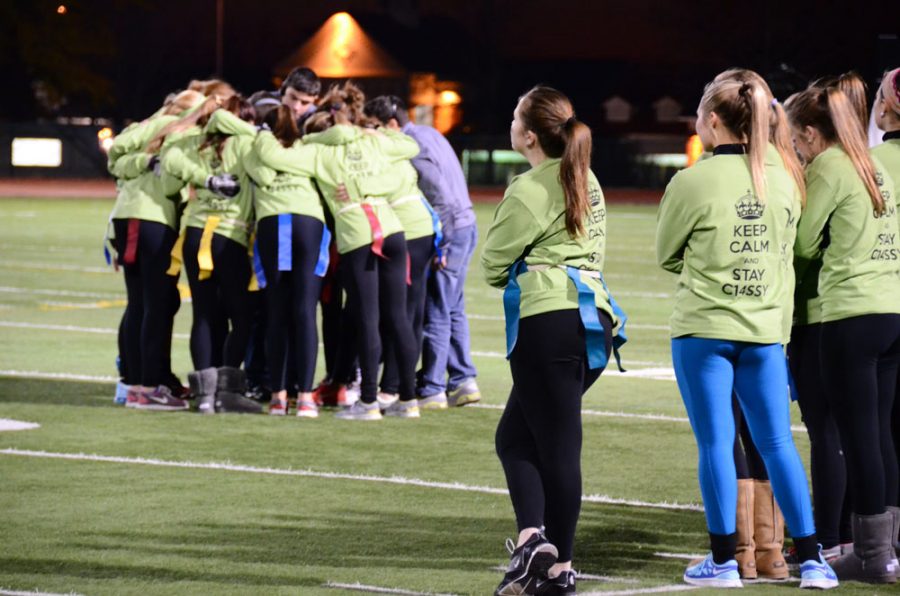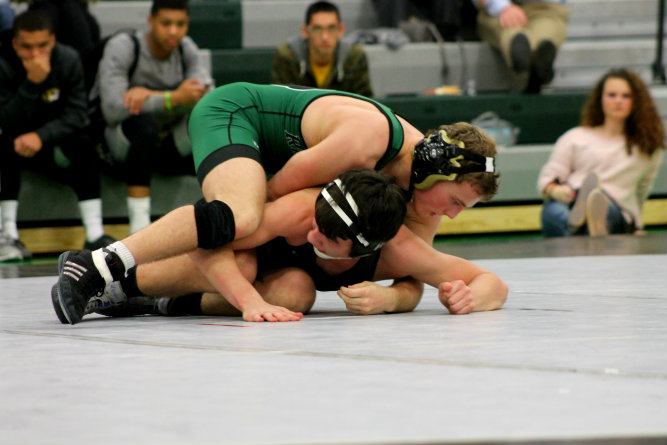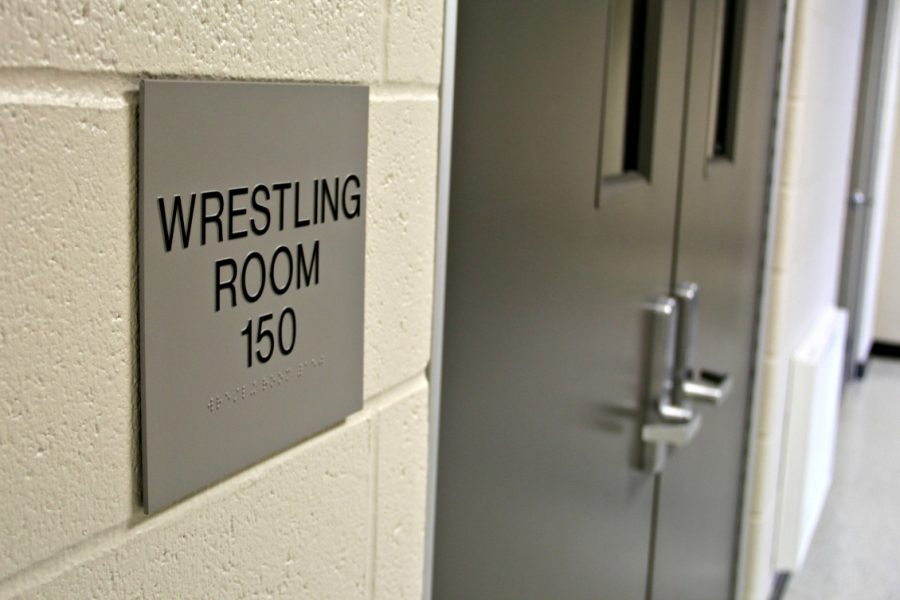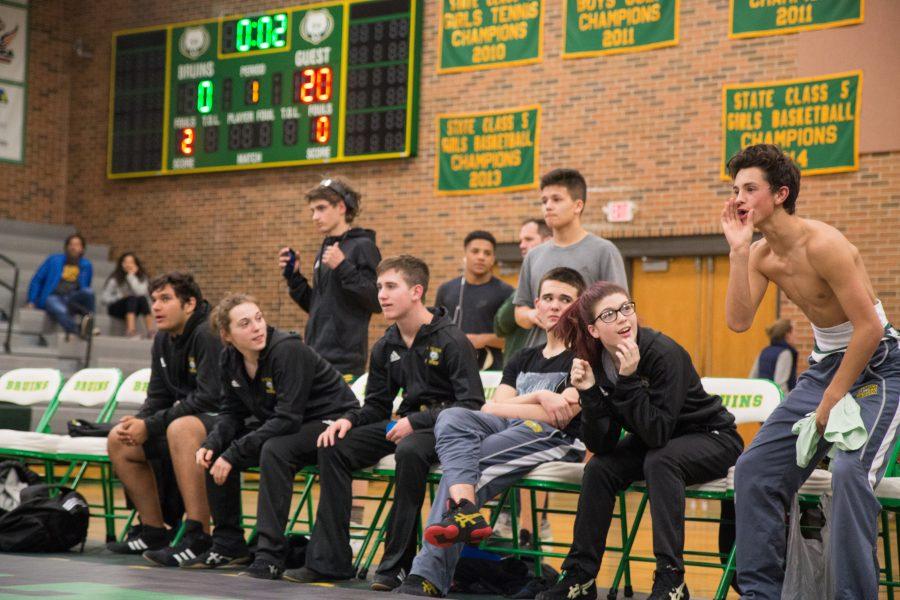Sweat glides off of junior Brock Davis’s nose, pooling beneath him as his breathing slows. With practice now finished, his gaze shifts to arguably a wrestler’s most vital piece of equipment.
Tucked behind a small strip of padding in the RBHS wrestling room’s northeast corner, Davis hops up on the small square metal box, insinuating one of the most tense moments of a grappler’s day.
Seconds resemble hours as Davis waits for his magic number. The past two and a half hours of drilling, conditioning and layering himself in mounds of extra clothing has only been the latest chapter in his tale of cutting weight. The scale begins blinking, calculating, trying to determine Davis’s fate for the following day.
With the wait comes the questions for the two-time state qualifier. Has he done enough? How much will he be able to drink? What kind of food, if any, will he have the luxury of eating? Finally the scale has deducted its answer: “119.8,” Davis says with a sigh of relief, “barely under.”
Davis is only one of the 260,000 students participating in high school wrestling in the United States, each fighting their own battle with weight. Scholastic wrestling has 14 weight classes ranging from 106 pounds to 285 pounds, also known as ‘heavyweight’. Davis will be competing in the 120-class, meaning at both duals and tournaments he can not top out at more than 120 pounds without facing ineligibility at that weight class.
Weighing at nearly 132 pounds before beginning his junior season, Davis made the decision to shed the extra load, giving him a distinct size and strength advantage over his competitors.
“Cutting weight is integral to success as a wrestler,” Davis said. “If you’re someone who can lift a good amount for your size and then drop down a couple classes and face guys who may be younger, weaker and less experienced, you’re already at an advantage before you even shake hands.”
For junior Abby Blitz, who is in her first year as a manager for the wrestling team, adjusting to the culture and importance of cutting weight was a tough task to say the least.
“It was crazy to come into the wrestling room and watch the guys who needed to lose weight put on an extra jacket or sweatpants. In 30 minutes they’d already be dripping in sweat and I’d feel so bad for them,” Blitz said. “Knowing that they can’t eat or drink for extended periods of time, I can’t imagine having to do something like that.”
And while dropping the weight may not be easy, experienced wrestlers like Davis have learned the ins and outs of the most efficient and quick ways to cut.
“Most people who cut weight usually just throw extra layers on for practice, and that’s what I do most of the time. If that doesn’t get the job done there are lots of things I’ve tried to lose weight, but the one I really like to do is turn on a fan and sleep with no blanket,” Davis said. “Whatever helps my body burn calories during the night and help reduce the amount of work I do is beneficial.”
To safeguard against dangerous and risky forms of losing weight, many institutions such as MSHSAA (Missouri State High School Activities Association) have implemented stricter rules for weight class certification. The process involves the wrestler being hydrated at a level of 1.025 on a urine specific gravity test as well as being at a body weight close to their desired weight class according to RBHS’s head athletic trainer Greg Nagel. Prospective wrestlers must also measure skin folds on the tricep, shoulder, and stomach and each must correlate with their body weight in order to calculate percent body fat and certify them for their individual weight class. If a wrestler cannot meet the qualifications they may try again or attempt to certify at a different weight.
Nagel believes the certification is great for high school wrestling but doesn’t completely eradicate the dangers that wrestlers can face when cutting weight.
“One of the most common conditions that is seen in high school wrestling is heat exhaustion or heat stroke and a condition called rhabdomyolysis, which is where your body overheats to the point where your muscles literally break down,” Nagel said. “Rhabdomyolysis forces your kidneys to flush out amino acids from your muscles and it results in your urine looking red. Fortunately here at RBHS we haven’t seen conditions that serious for quite a while.”
Even with the risks of overworking and overheating themselves, wrestlers like Davis continue to cut weight because of all the benefits and added competition it provides.
“It’s such an important part of wrestling that I think no matter what limits are put on cutting weight,” Davis said, “it will still be something that is found in every wrestling room across the country.”
Categories:
Wrestlers redefine the phrase ‘no sweat’ when cutting weight
December 19, 2015
0
Tags:
More to Discover













































































